Industry
El Águila flour factory was established in 1893 in the Los Molinos area. It is one of the earliest testimonies - and one of the few surviving vestiges - of the incipient industrialisation process in Avilés.
The factory, built at the request of Juan Oría y Ortiz, leveraged a waterfall in the Los Molinos stream and used it for flour production. It had a ninety-horsepower hydraulic engine, together with a sixty-horsepower auxiliary engine. It produced 20,000 kilos of flour per day, destined for the Galician and Asturian markets and sold under the brands Oria and Tres Estrellas. It was conveniently located, in a relatively well-communicated area in the south-eastern end of the town. Its proximity to the port was especially suitable for the marketing of the products. Other factories - now missing - were located in the vicinity of this complex, such as the Osorio y Cia glass factory.
The facilities of the flour factory were organised around a central building, which housed the offices, and two adjoining rectangular-shaped warehouses with gable roofs, which housed the machinery. After years of disuse, the complex was reconverted as the headquarters of the fire station. Recently, it was refurbished and fitted out - like other formerly industrial facilities, such as the Maribona tannery - to house the Avilés occupational training centre.
Among the preserved elements of the complex, the main building, which housed the administrative offices, is particularly noteworthy due to its architectural quality. It has a three-storey elevation layout, plastered masonry walls, and a gable roof. The main façade, framed by two pilasters topped with ornaments, is composed by stone bands and imposts. There are pretty big bays in the different storeys of the façade, with segmental and semi-circular arches that incorporate geometric decorative motifs. The façade is crowned by a parapet located above a central oculus. Here, the name of the company is displayed, and an eagle stands on top of it as an emblem.



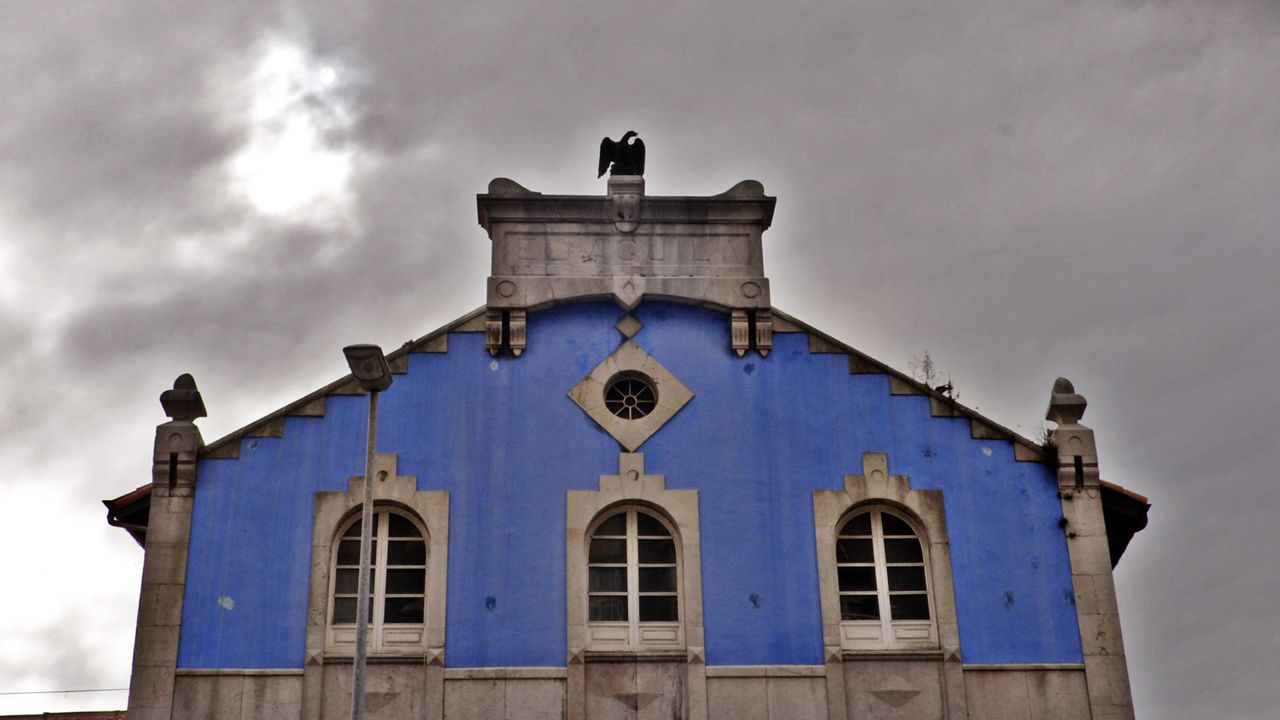
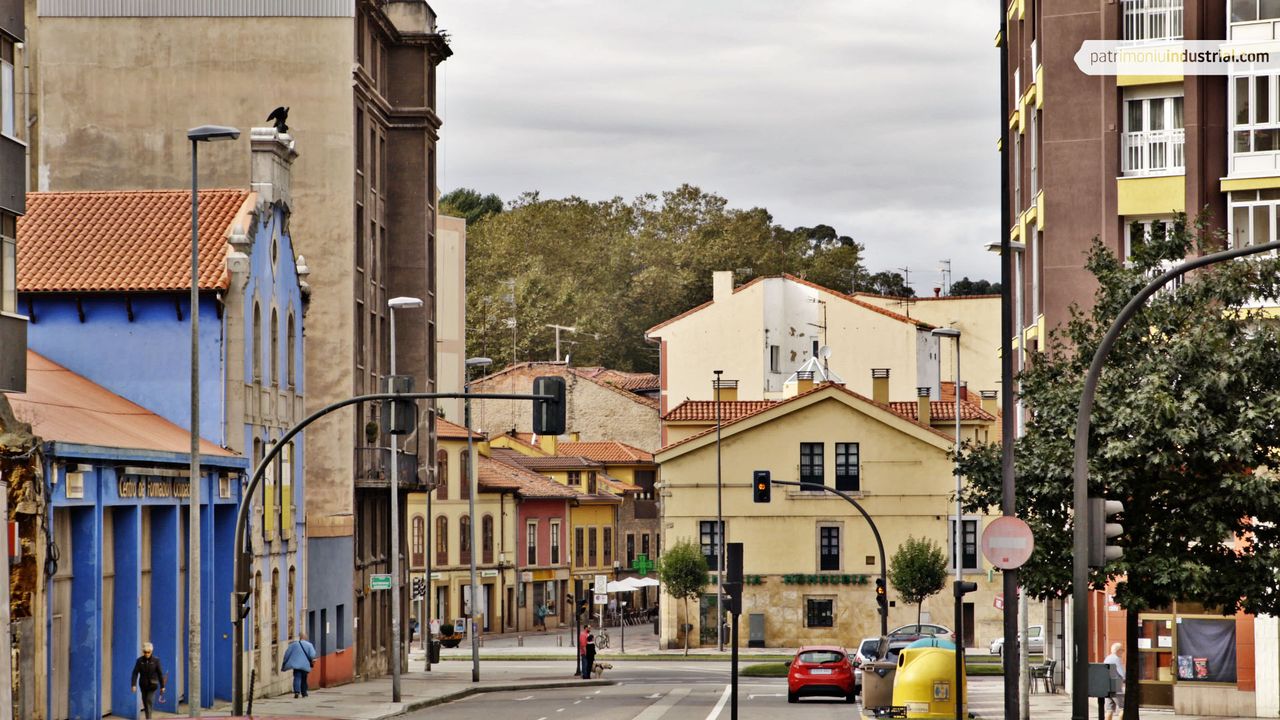

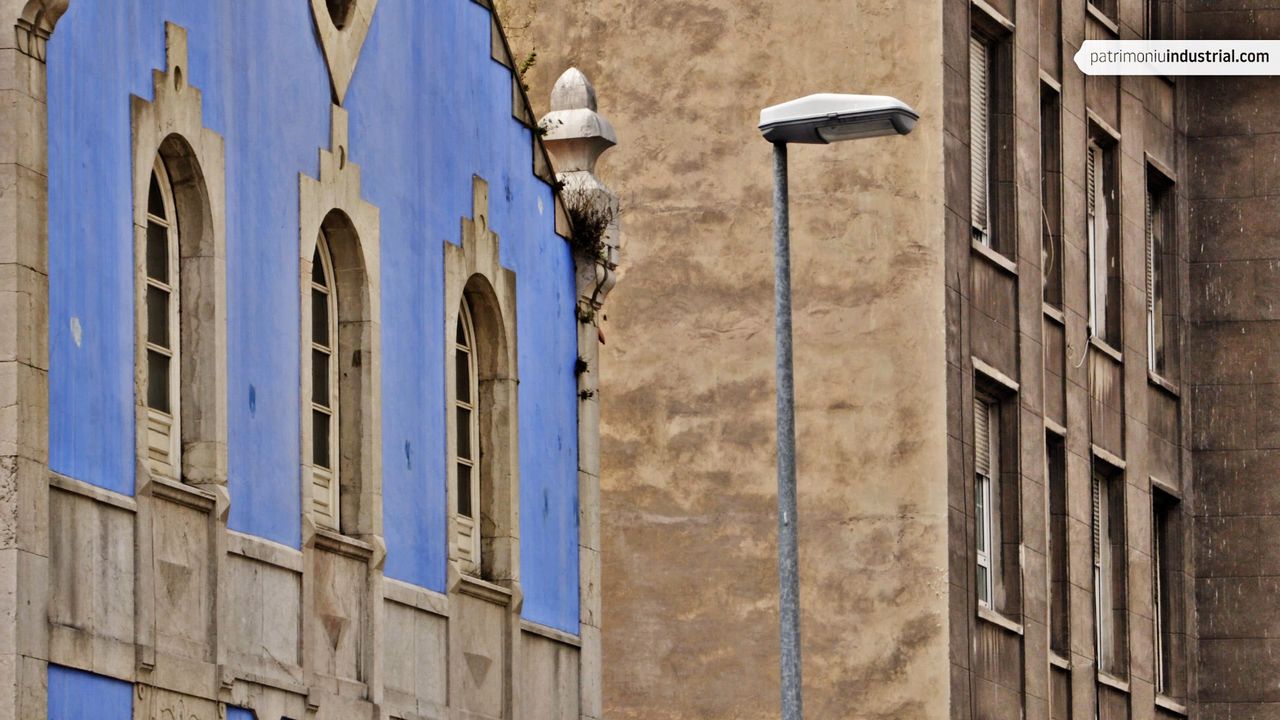
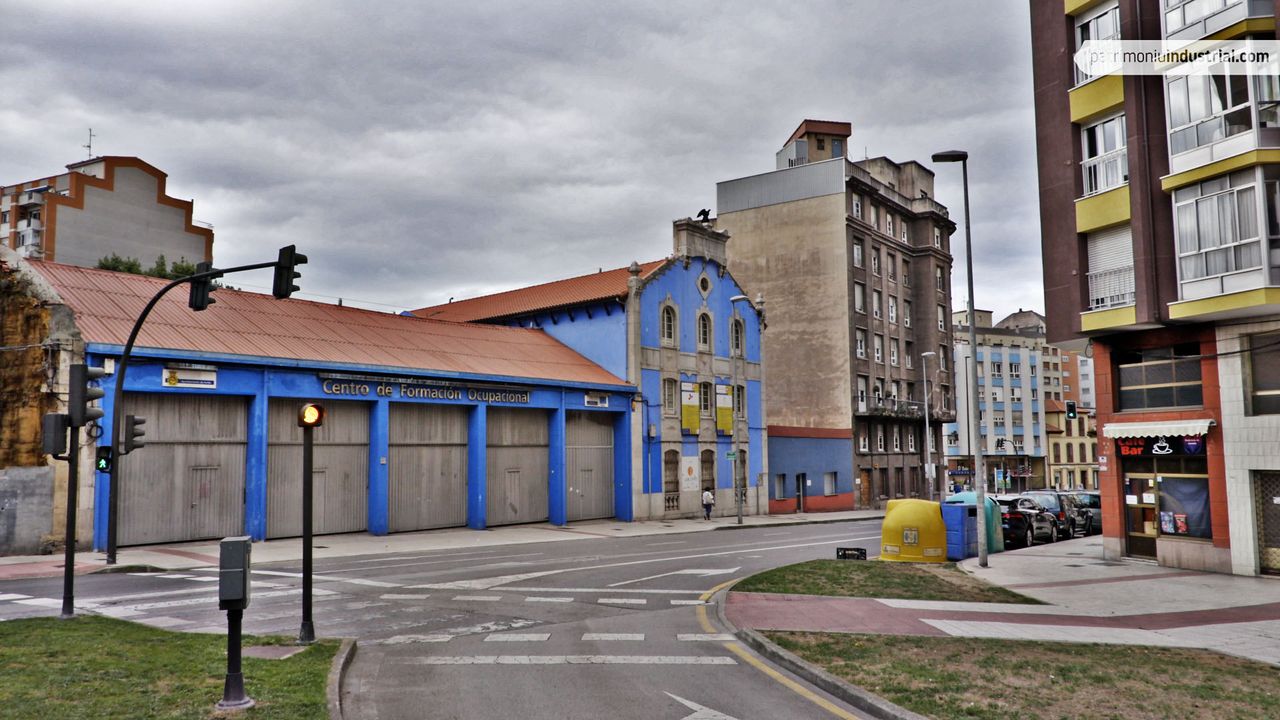
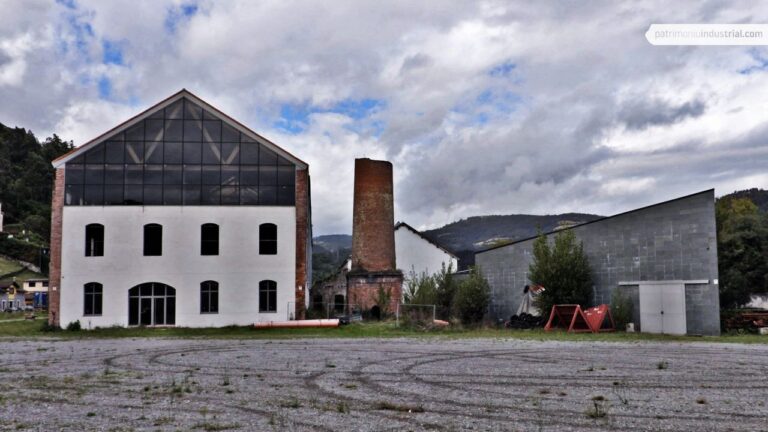
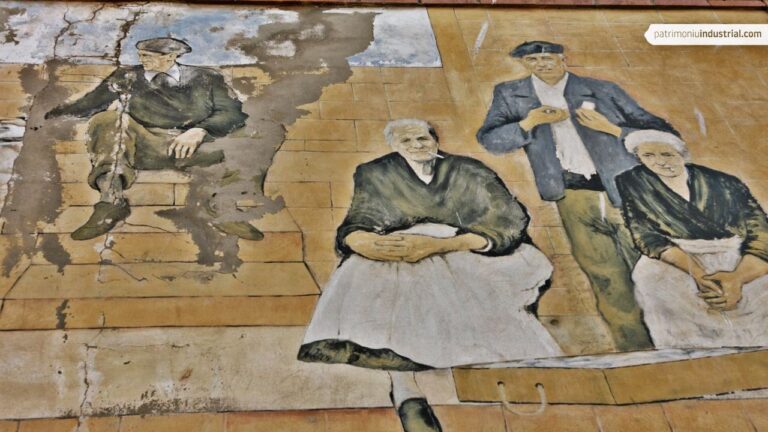
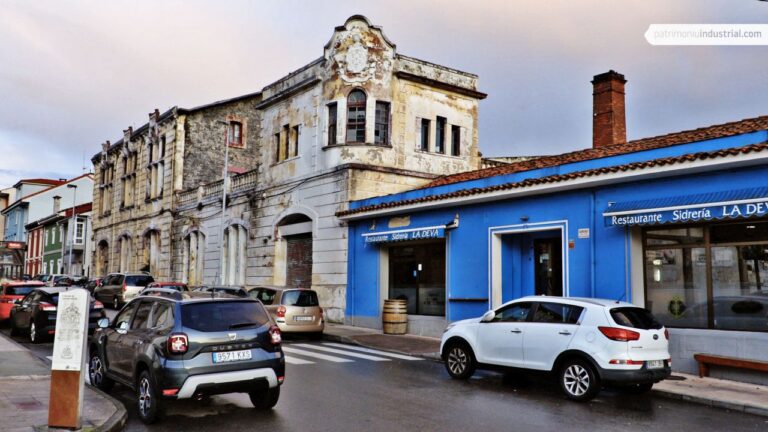

Recent Comments